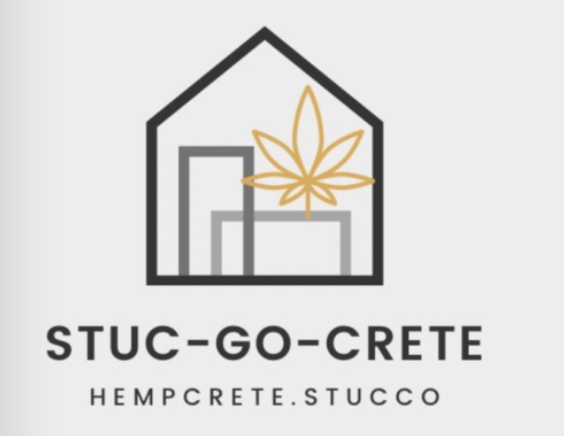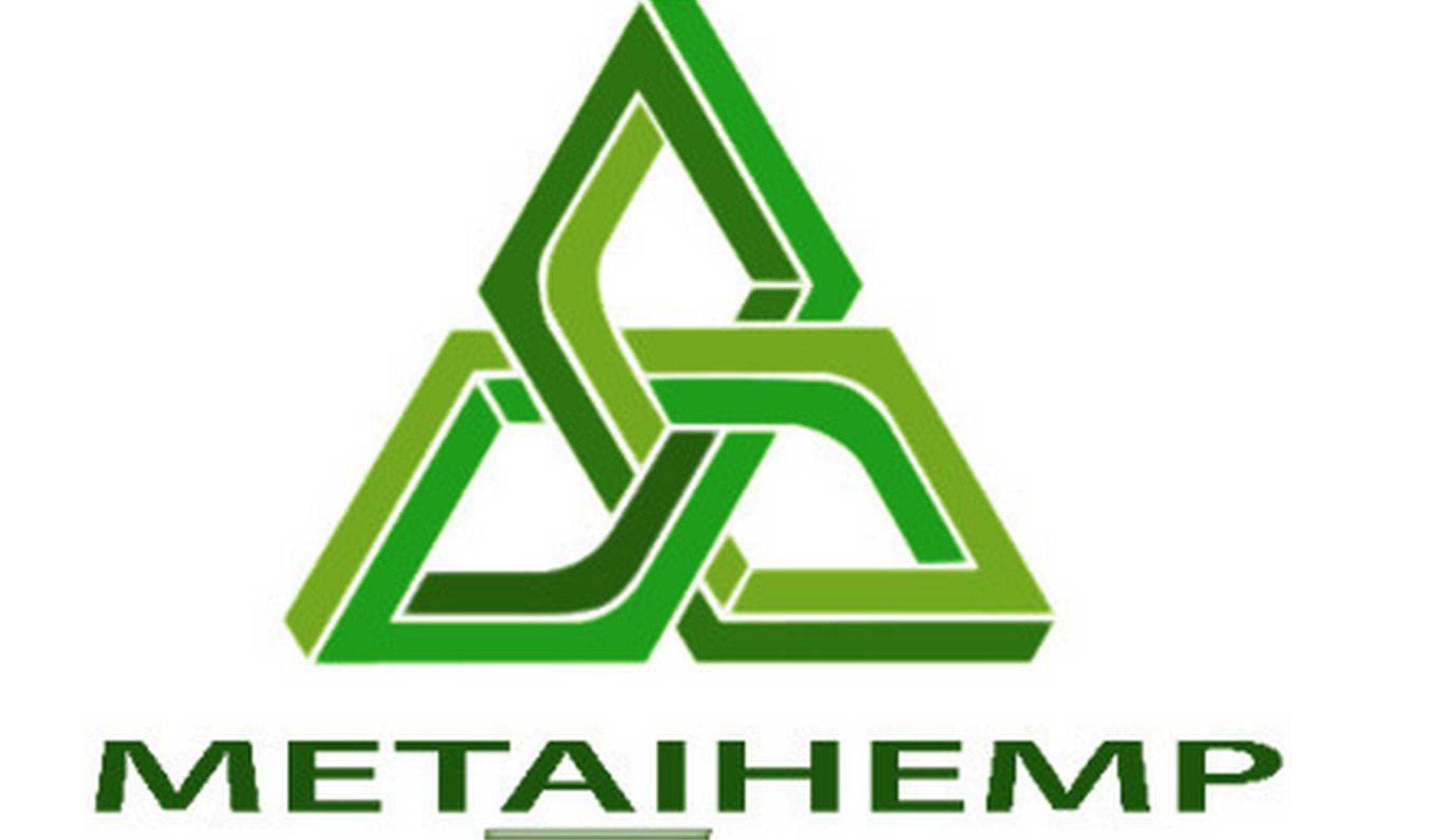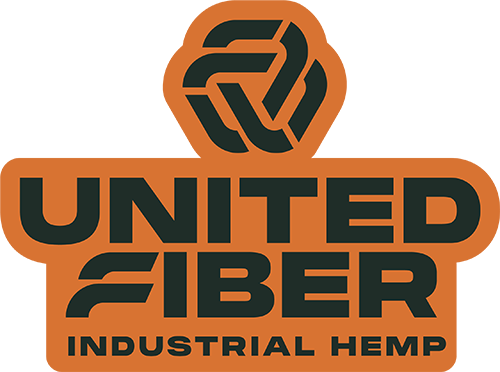EPA Awards $6.2M to Hemp Building Group
Todd Hughes, founder of MD-based EntreVator, (L) and Jacob Waddell (R), of Nashville’s Hemp Building Institute will partner to roll out the Biogenic Building Materials project with a $6.2M grant from the EPA.
EPA Awards $6.2M to Hemp Building Group
By Jean Lotus
The US Environmental Protection Agency awarded almost $6.2M to a Nashville-based hemp-building nonprofit organization as part of a $160 million package of grants designed to reduce embodied greenhouse gas emissions in construction materials and projects.
The Hemp Building Institute, founded by Jacob Waddell, was awarded $6,186,200 to kick off the The Biogenic Building Materials project, which will develop digital carbon accounting standards for bio-based building materials, including hemp, soy and straw bale, the agency announced last week.
Natural building materials made from regenerative building materials present, “a unique opportunity to directly address climate change and reduce greenhouse gas emissions from the built environment, the agency said in a statement.
The Biogenic Building Materials project will focus on developing Environmental Product Declarations (EPDs) and Life Cycle Assessments (LCAs) for biogenic building materials. The project will work with Alabama State University (ASU) and the California Straw Bale Association (CASBA) to develop an open-source database for biogenic materials and provide extensive education, training, and technical assistance. Other partners will include the Parsons Healthy Materials Lab at The New School in New York City and the National Hemp Association, Waddell said in an email.
Waddell will be partnering with Maryland-based Todd Hughes, founder of EntreVator, a business incubator that in 2022 was also a co-recipient of a $15 Million USDA Climate Smart Commodities grant.
“We are deeply honored to receive this grant from the EPA, which marks the beginning of a pivotal journey towards the widespread adoption of biogenic building materials,” Hughes said in an email.
“Achieving mainstream adoption [of natural building materials] requires not only standardizing EPDs but also overcoming regulatory hurdles, increasing public and industry awareness, securing supply chain stability, and ensuring cost competitiveness,” Hughes added.
Bamboo, cork, hemp, straw and other biogenic materials can be made into low-carbon building materials.
Why develop EPDs?
Environmental Product Declarations – often compared to a nutrition label on food – are a way to transparently track the environmental performance or impact of a building material over its lifetime. Construction companies and government agencies use EPDs to compare building material “ingredients” to determine the embodied carbon (or “carbon footprint”) of a building.
Builders and governments can use the quantified embodied carbon of building materials to make preferred materials choices. Free online tools like Building Transparency's EC3 and Builders for Climate Action’s BEAM Calculator let builders compare and contrast the greenhouse gas emissions of different material choices.
Product Category Rules start process
The process begins with Product Category Rules (PCRs) that define the parameters that will be used to measure the greenhouse gas-emissions over the life of materials. Next step is to measure the life cycles of the products from “cradle to grave” and to determine the environmental effects of their deployment.
It’s actually more complex to calculate the Life Cycle Assessments (LCAs) of natural building materials like hemp, straw, bamboo and mycelium, than building materials made from petrochemicals, Waddell said.
“LCAs for biogenic materials are more complicated because of the sequestration of carbon during the growth of the plant material,” Waddell wrote in an email to HempBuild Mag.
“Without efforts to properly account for the biogenic carbon of natural materials, the impact of any stored carbon may be overlooked or disregarded.
“The EPA is giving us an opportunity to not only generate these calculations, but also giving this work the credibility of being supported by the US government,” he added.
The project will not be developed in a silo, Waddell said. Other groups and institutions have already been calculating LCAs of natural building materials and products like hempcrete. The new project will include a “thorough comparative analysis of existing LCAs for biobased products,” Waddell said.
Waddell, the former president and executive director of the US Hemp Building Association, was a key figure in the five year journey for approval for hemp-lime in the 2024 International Residential Codes.
“We have a plan to execute this project that we believe in and we are glad that the EPA could see it as well,” Waddell said of the grant.
The goal is to streamline the process for EPDs of biogenic building materials, he said.
“This will allow biogenic building materials to participate in government programs surrounding EPDs and give these products an advantage in a market that prioritizes its environmental impact.
“I believe this will also lead to carbon-storing products having a competitive advantage when being considered for government supported affordable housing projects, which is important to the Hemp Building Institute,” he added.
Please Support Our Classified Advertisers
(To find out more about advertising CLICK HERE).
Publications
Hemp Building Directory 2024 - Guide to the International Hemp Building Industry
“Hemp Buildings - 50 International Case Studies” by Steve Allin
Green Builders
Cut energy bills and live toxin free with Texas Healthy Homes
Build your hempcrete dream house in Austin, TX with Gradek Contracting and Design
8th Fire Innovations: 15 Years of Hemp Building in Alberta, Canada. Home of the Divita Block System
Experienced Natural Building Engineering Services from Verdant Structural Engineers, CA
Natural Materials Design at Plural Office Architects, Austin TX
Hemp Building Research and Training
Enrolling now Hemp Build School Masterminds online and IRL for Homeowners and Professionals
Hemp Hurd (shivs)/Hemp Fiber/ Hemp Microfiber
Your Hemp Agricultural Solutions: Whitefield Global Holdings
Grown in USA: Hemp and Fiber specialists at Complete Hemp Processing
Hemp Building Supplies, No Order Too Small. Hemp Traders, Los Angeles
Hempcrete installers/Insulation subcontractors
Hemp Build Network: We Make Building with Hemp Possible, New Braunfels, TX
Hemp Building Company: Hempcrete installation, supplies Lafayette, CO
Design and build your Hempcrete home with HempStone LLC complete consultants
Lime Binder
Hemp Batt Insulation/Supplies
Hemp Wall Panel Products
Preorder your hempcrete tiny house from Sativa Building Systems
Panel solutions from Homeland Hempcrete
Hemp Blocks
Financial Services:
Professional Associations
































